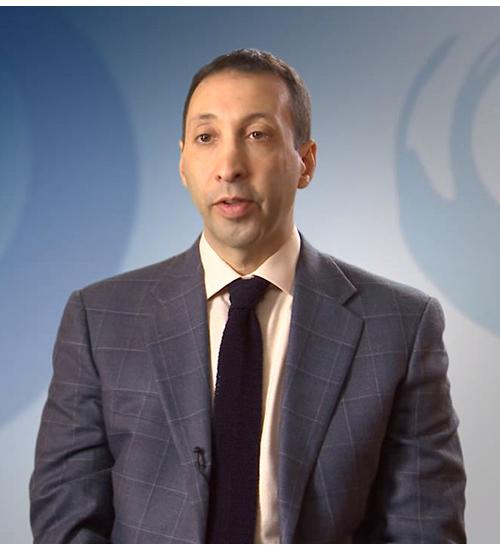Patient Resources
Navigating My Diagnosis
Treatments
Answers from the Experts
FUTURE DIRECTIONS IN T-CELL CUTANEOUS LYMPHOMA
Answers from the Experts
THERAPY SIDE EFFECTS
Answers from the Experts
DO I NEED TO SEE A SPECIALIST?
Answers from the Experts
Why do treatments take such a long time?
Navigating My Disease
Skin-Directed Therapies
Navigating My Disease
Systemic Therapies
Cutaneous T-cell Lymphoma
SÉZARY SYNDROME
Navigating My Disease
A PRIMER ON EXTRA CORPOREAL PHOTOPHERESIS
Answers from the Experts
FUTURE DIRECTIONS IN T-CELL CUTANEOUS LYMPHOMA
Navigating My Disease


